Whether you’re just starting your strength training journey or refining a seasoned routine, machine-based chest workouts can be a smart and effective way to build strength, symmetry, and definition. Machines provide controlled movement paths, reduce injury risk, and isolate muscle groups—making them an excellent choice for consistent progress.
In this guide, we’ll walk through a practical chest workout using machines, offer tips for proper form, and explain how each movement supports upper-body development. This routine is ideal for anyone looking to develop a well-rounded, muscular chest using accessible gym equipment.
Why Use Machines for Chest Training?
Free weights offer versatility, but machines shine when it comes to:
-
Muscle isolation – Machines keep tension where you want it: on the pecs.
-
Joint support – Fixed paths help protect shoulders and elbows.
-
Ease of progression – It's simple to increase resistance in small, safe increments.
-
Confidence for beginners – No need for spotters or balance concerns.
Full Machine Chest Workout Routine
Here’s a structured routine you can follow 1–2 times per week, with rest days in between.
1. Seated Chest Press Machine
-
Target: Overall chest with a focus on mid-pecs.
-
How to do it:
-
Sit with your back flat against the pad.
-
Grasp the handles at chest level.
-
Press forward until arms are nearly extended, then return slowly.
-
-
Reps/Sets: 3 sets of 8–12 reps
-
Tip: Keep shoulders down and elbows slightly bent at the top to avoid joint strain.
2. Pec Deck (Chest Fly Machine)
-
Target: Inner chest and chest width.
-
How to do it:
-
Adjust the arm pads to shoulder height.
-
Bring the handles together with a controlled squeeze.
-
Slowly release to stretch the pecs.
-
-
Reps/Sets: 3 sets of 10–15 reps
-
Tip: Focus on form, not weight. Control is more effective than heavy swinging.
3. Incline Chest Press Machine
-
Target: Upper chest and front shoulders.
-
How to do it:
-
Set the back pad at an incline.
-
Press upward and slightly forward.
-
Lower with control, keeping elbows at a 45° angle.
-
-
Reps/Sets: 3 sets of 8–12 reps
-
Tip: Don’t let your lower back arch. Keep your feet flat and core engaged.
4. Cable Crossover (Using Functional Trainer or Cable Machine)
-
Target: Full chest with emphasis on shaping and definition.
-
How to do it:
-
Set pulleys above shoulder height.
-
Step forward, pull handles together in front of chest.
-
Pause, then slowly return arms to the starting position.
-
-
Reps/Sets: 3 sets of 12–15 reps
-
Tip: Slight forward lean helps engage chest more than shoulders.
5. Dip/Assisted Dip Machine (Optional Finisher)
-
Target: Lower chest and triceps.
-
How to do it:
-
Use assisted dip machine if needed.
-
Lean slightly forward to shift emphasis from triceps to chest.
-
-
Reps/Sets: 2–3 sets of 8–12 reps
-
Tip: Avoid locking out at the top to keep constant tension on the chest.
How to Make Progress
-
Track your weights: Aim to increase resistance or reps every 1–2 weeks.
-
Mind-muscle connection: Focus on chest contraction during every rep.
-
Rest and recover: 48–72 hours between sessions allows muscle repair and growth.
-
Form first: Don’t sacrifice control for heavier weight—especially with machines.
Who Benefits Most from Machine Chest Workouts?
Machine chest training is ideal for:
-
Beginners learning proper movement patterns
-
Busy professionals looking for a quick, focused workout
-
Older adults prioritizing joint safety
-
Bodybuilders seeking hypertrophy through isolation
-
Anyone recovering from injury under professional guidance
Final Thoughts
Machine chest workouts can deliver serious results when approached with intention and consistency. They offer safety, precision, and variety—whether you’re aiming for strength, size, or symmetry. Focus on execution, stay consistent, and your chest gains will follow.


















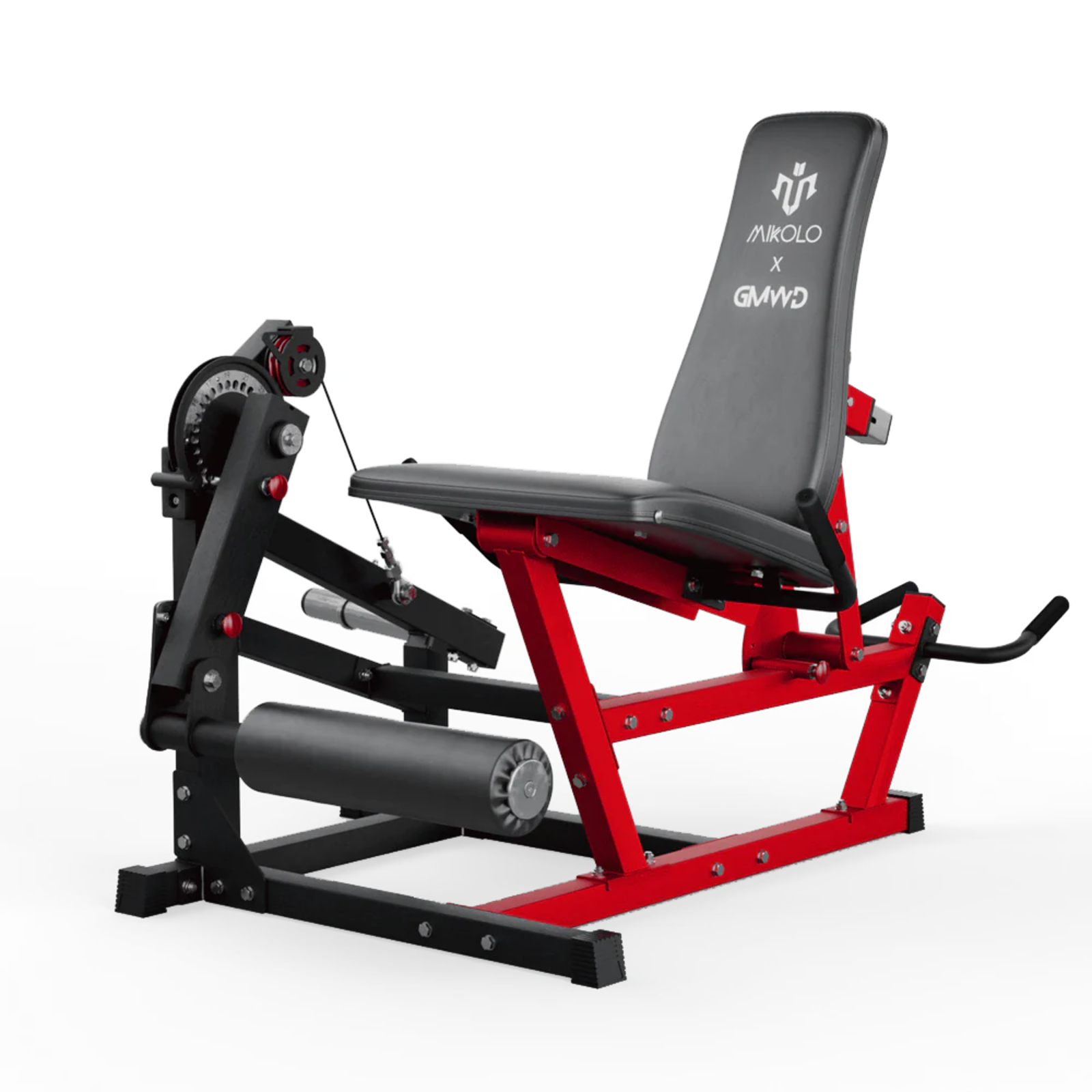

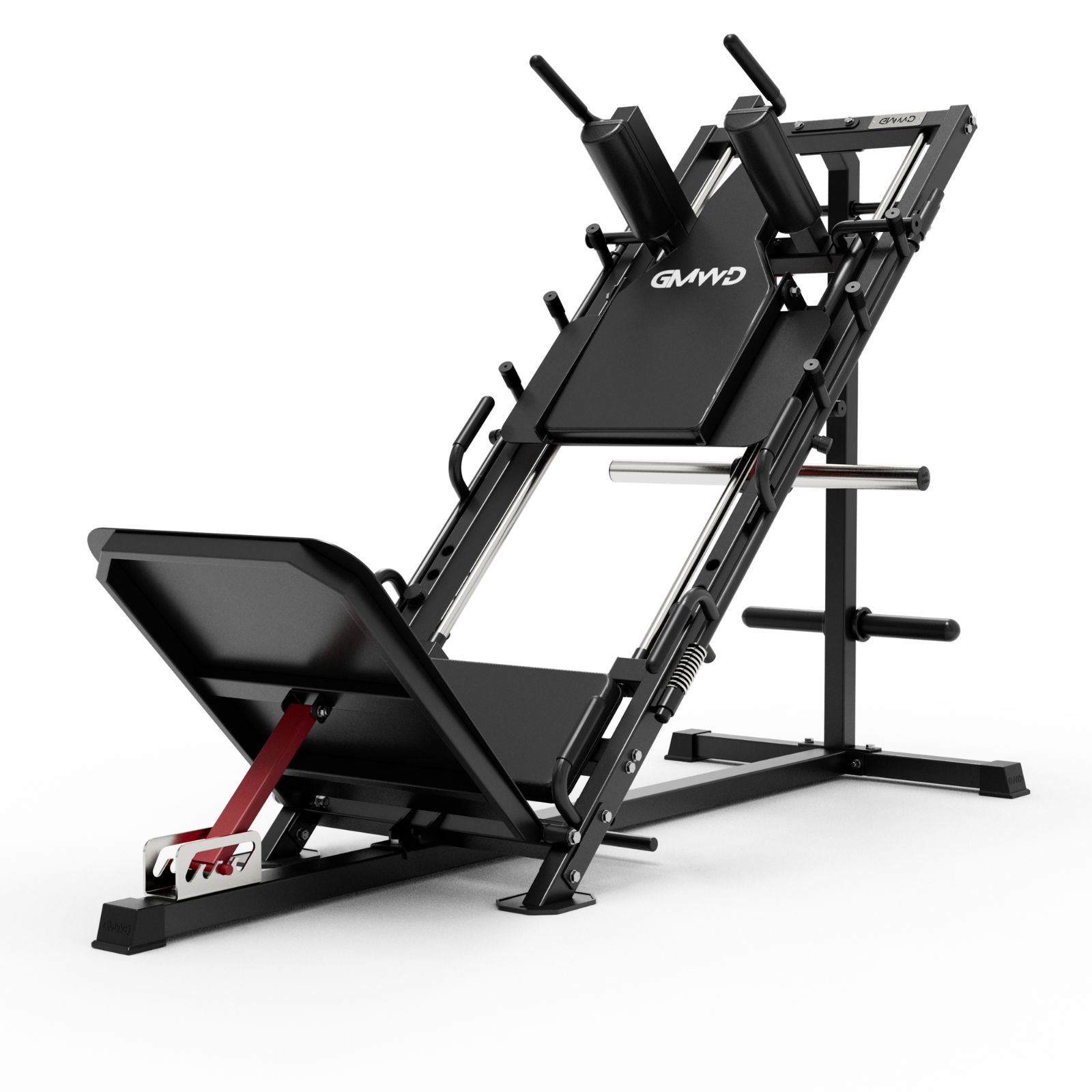







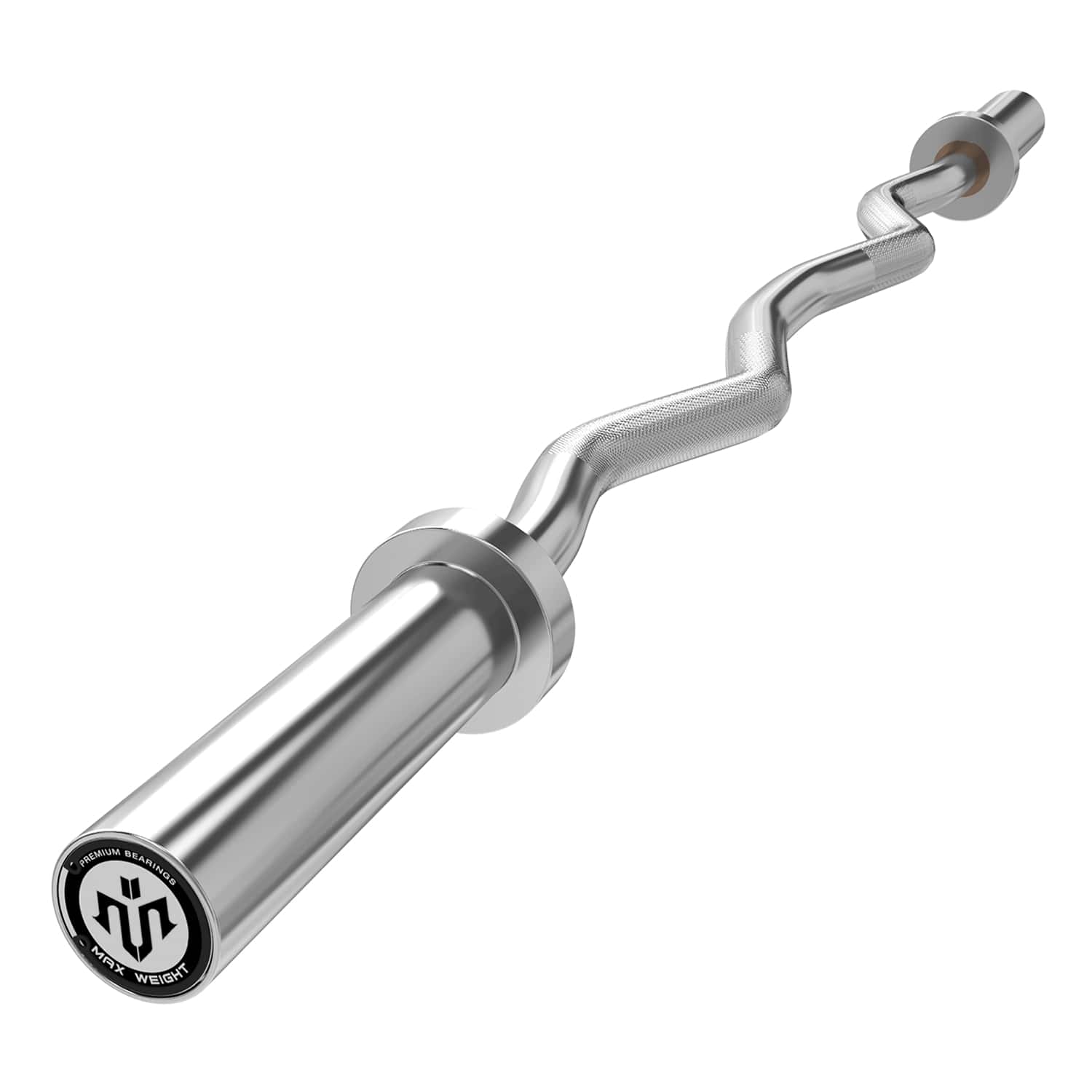
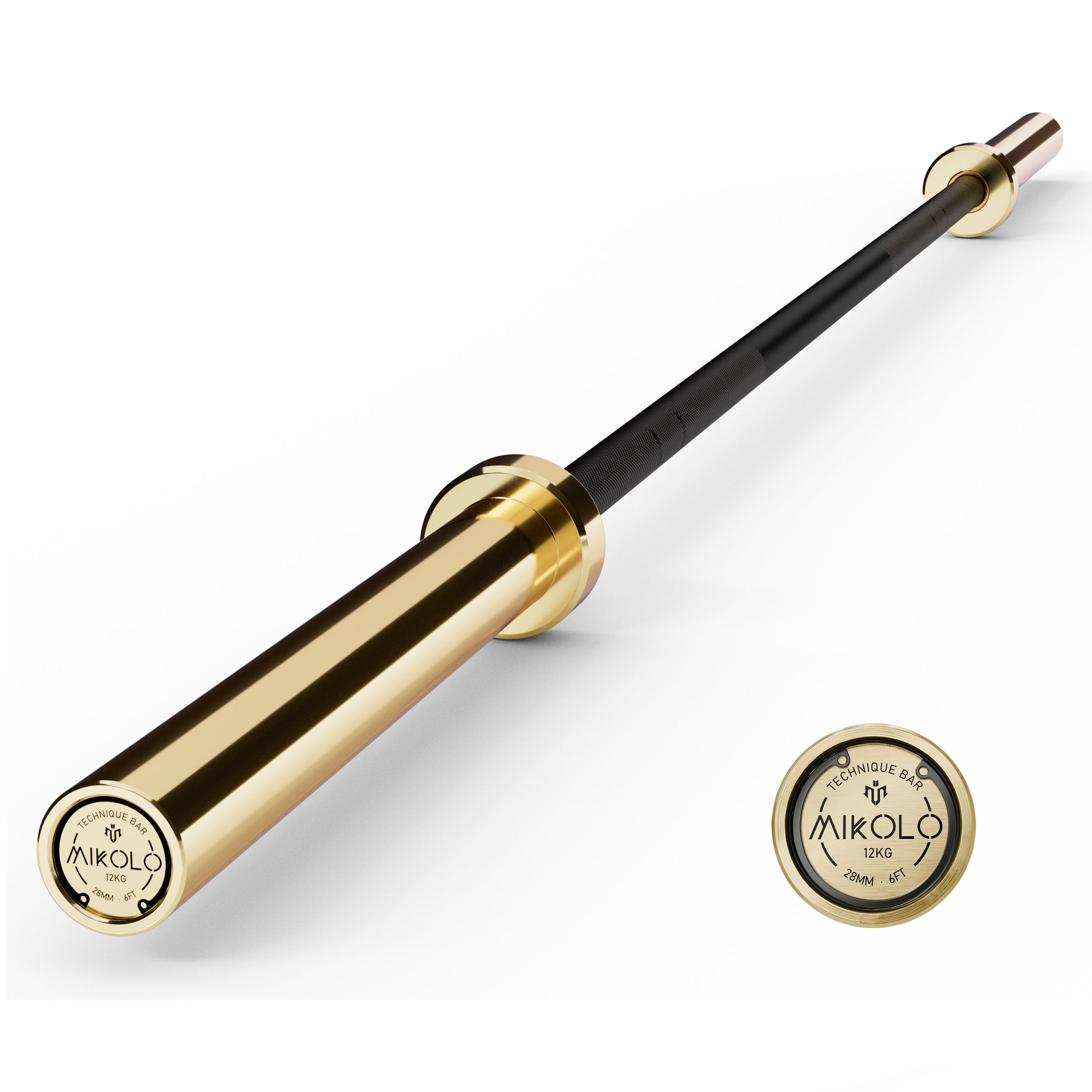


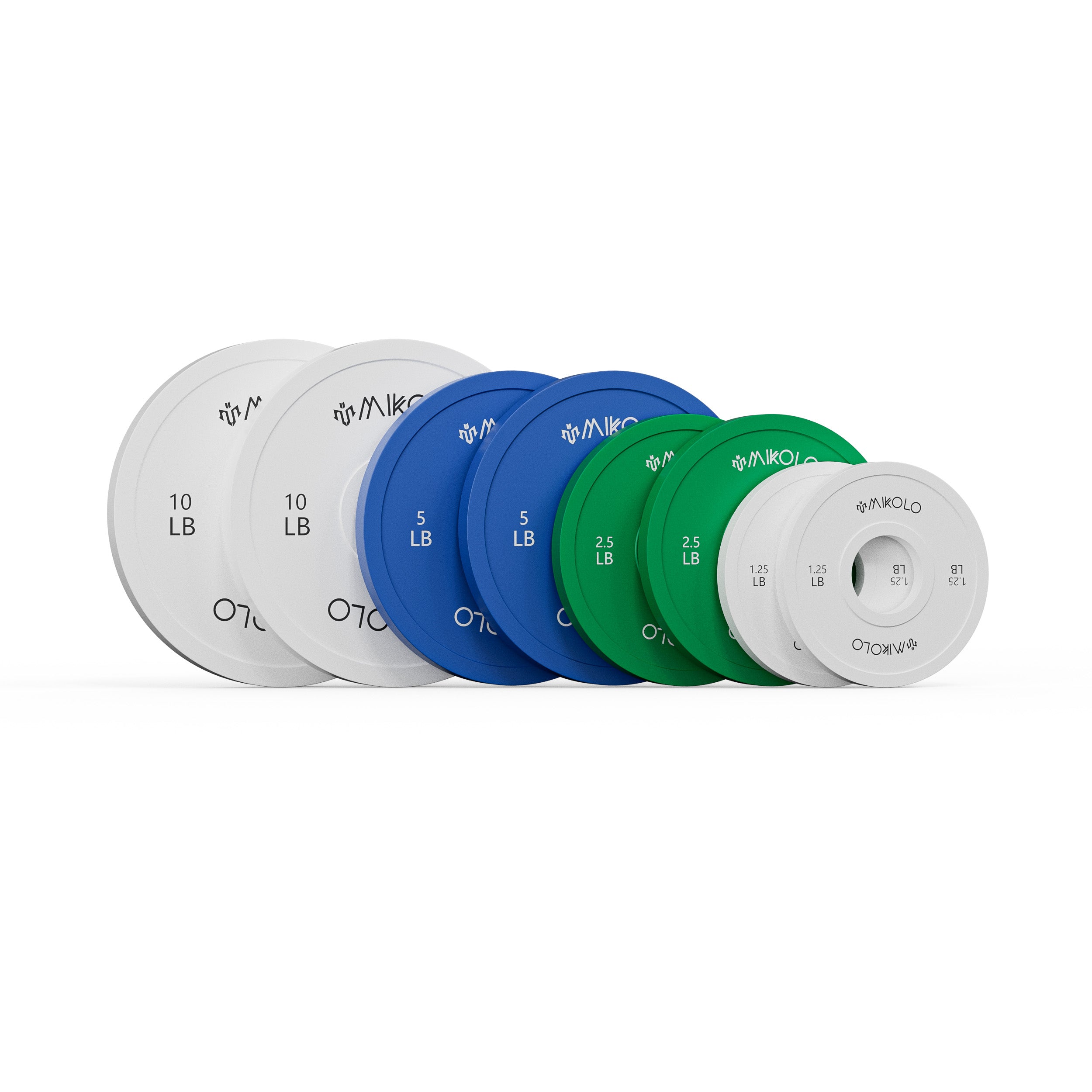



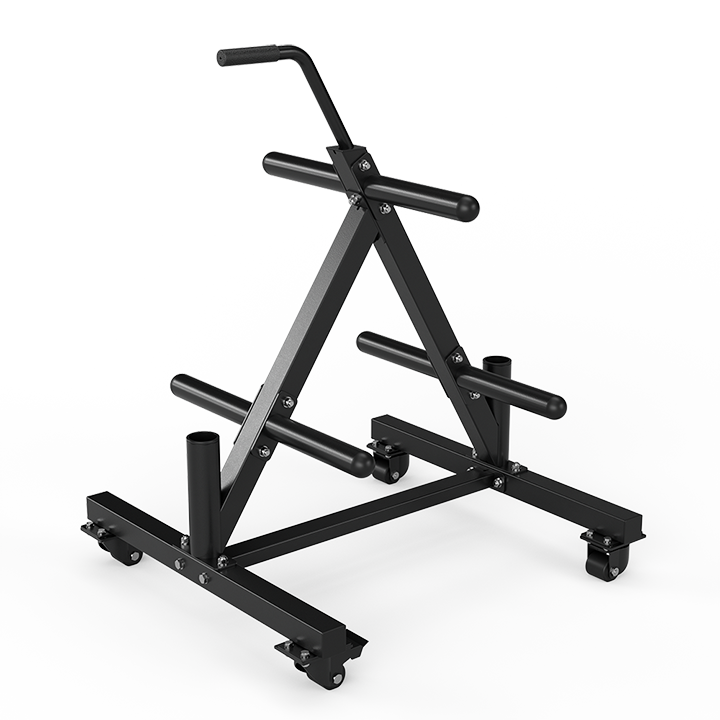





Leave a comment
This site is protected by hCaptcha and the hCaptcha Privacy Policy and Terms of Service apply.